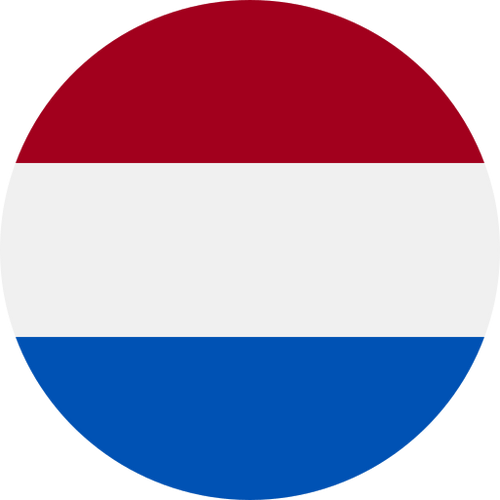How to organize an effective creative session
A well-organized creative session is essential to getting the most out of your team. While a traditional brainstorm can sometimes be useful, it often doesn't lead to the innovative ideas you're looking for. A structured creative session, on the other hand, offers a wider range of methods, such as various creative techniques and brainstorming exercises, to help participants look at problems and solutions from a different perspective. In this blog, we’ll discuss what a creative session entails, the different techniques you can use, and practical tips for organizing a successful creative session yourself.

What is a creative session and why is it effective?
A creative session is a structured meeting where you, using various creative techniques, come together to explore new ideas and solutions. Unlike a standard brainstorm, where ideas are often thrown out randomly, a creative session provides more structure and focus. The goal? Not just to gather a list of ideas, but to come up with feasible solutions.
These sessions typically consist of two phases: diverging and converging. In the diverging phase, it's all about generating as many ideas as possible—no limits. Everything is on the table, no matter how crazy it sounds. The converging phase follows, where the best and most workable ideas are selected for further development.
This blend of free creativity and focused refinement often leads to surprising and innovative solutions. It helps participants think outside the box, leading to ideas that might not have surfaced otherwise.
Creative techniques to use
The success of a creative session depends on choosing the right creative techniques. Below are some effective methods that can elevate your session.


Mind Mapping

6 Thinking Hats
The 6 Thinking Hats technique asks participants to take on different roles, each representing a particular way of thinking. The hats are:
- White Hat: Facts and data, objective thinking.
- Red Hat: Feelings and intuition, emotional thinking.
- Black Hat: Critical thinking, identifying risks and pitfalls.
- Yellow Hat: Positive thinking, focusing on benefits and opportunities.
- Green Hat: Creative thinking, generating out-of-the-box solutions.
- Blue Hat: Overview and control, process-oriented thinking.
This method is effective because it encourages teams to look at a problem from multiple perspectives. It ensures that you not only focus on the positive aspects of an idea but also consider the drawbacks and practicalities. This technique is ideal for adding depth to your brainstorm or when you already have several options that need further exploration.

